 Originally published March 2, 2001, in Comics Buyer’s Guide #1424
Originally published March 2, 2001, in Comics Buyer’s Guide #1424
This week and next, we’re going to discuss various Marvel initiatives, ranging from sales to editorial stunts. So kick back and let’s see what’s going on at the house of ideas. This week:
MARVEL AND THE RETAILERS
Marvel’s relationship with retailers has always been prickly at best (hostile at worst.) One of my earliest recollections when I started in the Marvel sales department years ago was blithely hosting a retailer breakfast at a convention. I figured, y’know, feed them, run the Marvel slide show and talk about neat stuff coming up, and that would be that. Instead I wound up fielding one hostile question after another. I suddenly knew what it felt like to be a baby seal being clubbed. And that’s back when things were good in the marketplace.
In recent months it seemed that Marvel didn’t place much priority on endearing itself to its retailer base. One angry retailer sent me the following notice from Marvel, tucked into his Diamond mailing:
Dear Retailers:
Over the past two months, Marvel’s management has discussed re-establishing collectability as a marketing tool to increase Marvel sales over time. Collectability can be built with strong, unique editorial product combined with limited access. Therefore, in the past three weeks we have continued to reduce the number of inventory copies of Marvel Comics available at Diamond. In order to guarantee that you have copies to meet your customer’s need, you should place all order increases by the dates listed below.
Considering that the speculation boom and bust was one of the major reasons that the comic market went down the chute, Marvel’s repeated dalliance with trying to reignite the speculator mentality (i.e., “collectability”) is being greeted with as much enthusiasm as a Barium enema. The annoyed retailer (and there are more like him, I’m sure) griped that he felt as if all the burden for comic availability was being thrown at him and him alone. That basically the message is, Overstock or you’re out of luck, because the only finger we’re going to lift to help you is the middle one.
I can’t entirely blame him for his frustration. Once upon a time, Marvel had Carol Kalish as sales manager. Carol would look down the list of orders every month, target what she thought had been short-ordered, and then overship the books on a returnable basis. That way the books were readily available to the retailers for thirty days at their local warehouses, and it sent a message that said that Marvel had confidence in its product. Returns on the overships were usually quite small, indicating that the confidence was well-placed. But Carol’s gone, and Marvel is now not only not making additional copies available, but instead is making a point of having them be unavailable, and then acting as if this is a good thing. Supply and demand is a delicate equation, and in the world of comics, lack of supply doesn’t equal increased demand so much as it equals frustrated fans, angry retailers, and price gouging. Appealing to the collector mentality is not a good thing. If it works, it’s going to attract the very people we don’t want to see return… and furthermore, it probably won’t work, because speculators—like a great grazing herd of yaks—have moved on to other things. It’s unlikely they’ll return to a watering hole they consider polluted. In the meantime, it does manage to pìšš øff everyone remaining in the hobby who feels that speculators did little more than strip mine the industry and then take off once they realized those unopened cases of Youngblood #1 weren’t going to pay for their college tuition.
Nor does it help that Marvel doesn’t seem to realize that nowadays the word “collectability” is the third rail of comics, much like “social security” is the third rail of politics. But whereas politicians are smart enough to avoid stepping on that rail, Marvel insists on dancing the cha-cha on it.
By now you might be wondering why Marvel isn’t trying to work with the retailers, instead of seeming to treat the retailer base as—to paraphrase Xander Harris—Marvel’s butt monkey. The answer to that is: They are trying. Yet the results can be just as incendiary. Case in point:
Some weeks ago, I was told by editor Tom Brevoort that Captain Marvel #19 was a serious candidate for the Marvel Slashback program. In case you’re unfamiliar with it (I know I was), Marvel was taking selected books and, for one month, knocking the prices from $2.25 to $1.99. The concept was that these issues would have self-contained stories which would give readers a real feel for the series, and the sliced price tag would be an incentive for fans to sample it. I said, “Great!” and crafted a stand-alone story which (deftly, I hope) still fit into the ongoing storyline. That way regular readers wouldn’t feel like they were reading a fill-in, while new readers would get an overall view of who Captain Marvel was and where he was going.
But then, after I turned it in, I was informed that it probably wouldn’t be part of the Slashback program, because the entire concept was being met with “retailer resistance.” I wondered from where this resistance was originating, until I read the February 2001 issue of Comics Retailer. A story on page 40 headlined “Marvel Execs Initiate Retailer Phone Conferences” detailed a December 21 conference call between all the top Marvel execs and over a dozen retailers. And these retailers were no novices: Like the guy said in Raiders of the Lost Ark, these were “top… men.” And one of the things touched on was the Slashback program. According to the article:
(President, Publishing and New Media Bill) Jemas asked retailers what Marvel could do to support retailers—and several exchanges resulted in input that Jemas clearly intended to consider. For example, he brought up (editor in chief Joe) Quesada’s announced “Slashback” program… (and) said, “There’s 25 cents that gets whacked up among consumers, stores, Diamond, and us. And Marvel’s perfectly happy to kick in our share of that 25 cents. Would we be better off keeping the price at $2.25 and increasing the incentiveson those books?” [Italics theirs.] Replies were simultaneous and unanimous: “Yes!” “Oh, for God’s sake, yes!” “Absolutely!”
Basically, retailers—faced with an either/or—unanimously voted to see themselves get a financial break with improved ordering incentives, rather than customers getting a book at a discounted price. This isn’t all that surprising: Retailers make less money off books that cost less, so they don’t like books that cost less. They make more money off books sold to them at higher incentive discounts. Just that simple. This, despite the fact that one of the biggest problems facing comic books is that they cost so dámņëd much. In essence, Marvel said, “We’re willing to knock 25 cents off certain books. Retailers, who do you think should benefit financially?” Big shock: The retailers said they should.
Their reasoning was fairly straightforward: It was felt that attempting to push a comic by pricing it at $1.99 would not make the slightest blip on consumer radar. It would be one thing if all comics were a quarter and suddenly a couple of comics costing a nickel showed up. But with comic book prices all over the map, the feeling was that consumers simply wouldn’t notice. They’re not aware enough that Captain Marvel normally costs $2.25 to say, “Wow, Captain Marvel is a buck ninety nine this month! I gotta sample that sucker!”
However, in theory, if a retailer were given an increased discount on the book, then he would try everything he could to sell as many copies as he could because he’d be getting 25 cents more per book. For that matter, the retailer might choose to pass along the discount himself to customers and make a big deal about it. That way the retailer’s a hero, the consumer gets the discounted price, and Marvel couldn’t care less about whether the retailer gets the “credit” from the consumers for the discount because they’re selling more comics, which was the goal in the first place. Either way the guys on the front line, the ones who are taking the biggest risks every time they order a comic, would be able to best utilize the extra 25 cents in a way that would maximize the sales effectiveness, because they know their customers.
There is, unfortunately, another possibility: Some retailers might order exactly the same number of the “incentivized” issues as they usually do, not pass the discount along, do nothing to promote it, pat themselves on the back for making a fast additional quarter on the titles without having to do a dámņëd thing, and call it a day. Depends on the retailer. If you’ve got a smart, savvy, business-oriented retailer who’s interested in serving his customers and his store as intelligently as possible, incentives would seem the way to go. If on the other hand, your retailer ordered a hundred copies of “The Death of Superman,” put five out on the stands, and priced the rest of them at $80, the scenario could play out differently. It’s a sort of “Dirty Harry” feel to it, as in, “Ask yourself, punk… do you feel lucky?”
What’s interesting is that, on my AOL board, I made mention of the fact that it looked as if Marvel might well be dismantling the Slashback program before it even started, and cited “retailer resistance” as the reason. I was immediately criticized by several retailers there who claimed that I was just using retailers as scapegoats in regards to a program that Marvel had had second thoughts about. I referred those posters to the Comics Retailer article and they came back claiming they were stunned. Speaking as retailers, they said, they were very much in favor of the Slashback program or, at the very least, felt that it was premature to abort it before anyone had a chance to see whether it made an actual difference in the field.
No one speaks in the comic industry with one voice. But it sure seemed that some retailers were hopping mad over the notion that another group of retailers were well on their way to scuttling a program and retooling it. Retooling it so that they, the retailers, were guaranteed to benefit while the consumers might or might not reap the benefits of the program depending upon where they buy the books.
Ultimately, you’ve got three groups with differing goals: Marvel wants to sell more comics, retailers want to make more money, fans want to pay less for their comics. There’s some overlap there, but Marvel really doesn’t care how it sells more titles, as long as it does. Retailers, in a shrinking economy and dealing with a non-returnable market, are looking to shore up their bottom line, and feel that the best way to do it is to maximize their profit potential and leave the customers in their hands… because Marvel deciding to whack down the price means that Marvel is unilaterally deciding to pass the savings on to the consumer. Retailers want that option. Consumers may disagree.
You know what? I’d like to hear from more retailers about it. I mean, after all, I’m affected personally by it. Captain Marvel gets great word of mouth, solid reviews, was selected by Wizard as the best character of the year, and yet the book remains blissfully uncontaminated by increased orders. It had been selected to benefit from a program that is being torpedoed by a group of retailers, many of whom I know personally and respect tremendously. So… how many retailers out there agree with the Marvel retail consultants? How many agree with the guys on my AOL folder who reacted with such outrage? Results of this highly unscientific straw poll are not binding on Marvel, of course, but I’m certainly interested in hearing the thinking on both sides of the fence. Do you guys think you could sell more copies at $1.99? Or would you rather keep it at $2.25 and get incentive breaks on your orders? I think the fans would like to know as well. It’s their money, after all.
Next week: Marvel does something “dumb” in December and fans are verbal about it.
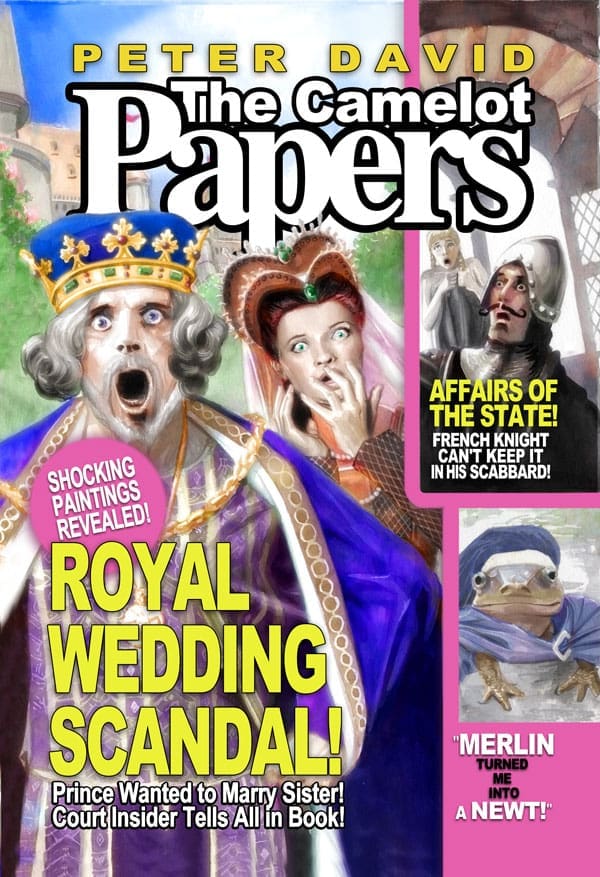
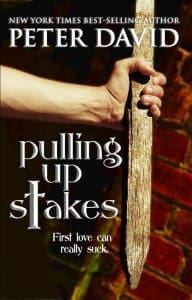
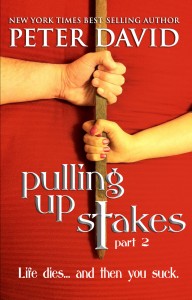
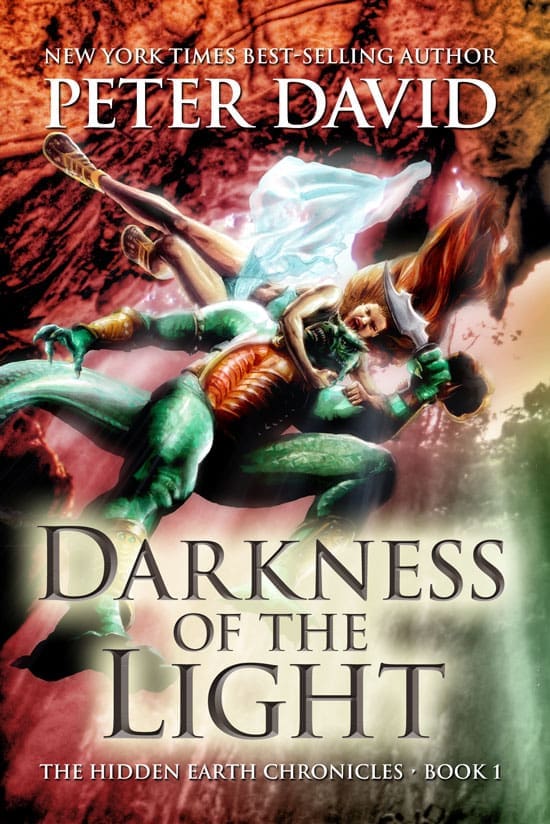
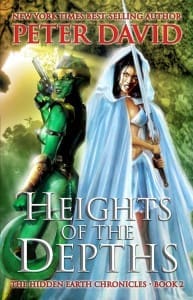
It’s funny how these initiatives seem to go in cycles. A few years ago, DC tried to push the price incentive, sending out huge posters declaring, “Drawing The Line At 2.99!” It didn’t last long, most likely in part to the fact that parents remember comics being a quarter and anything beyond that is exorbitant. They seem to be having more luck with the $1.00 reprints of the first issues of favorite stories, which is odd since you’re pretty much stranded at the end of part one.
I remember that DC would usually raise their prices before Marvel; then, for a few months, Marvel would run big blurbs – ‘still only (30 cents or whatever).
Hard to believe that this was posted over a thousand years ago.
Fixed.
For just a moment, I was convinced this was recent, having such hideous luck finding back issues from only the past year or two of serieses that got *cancelled*…